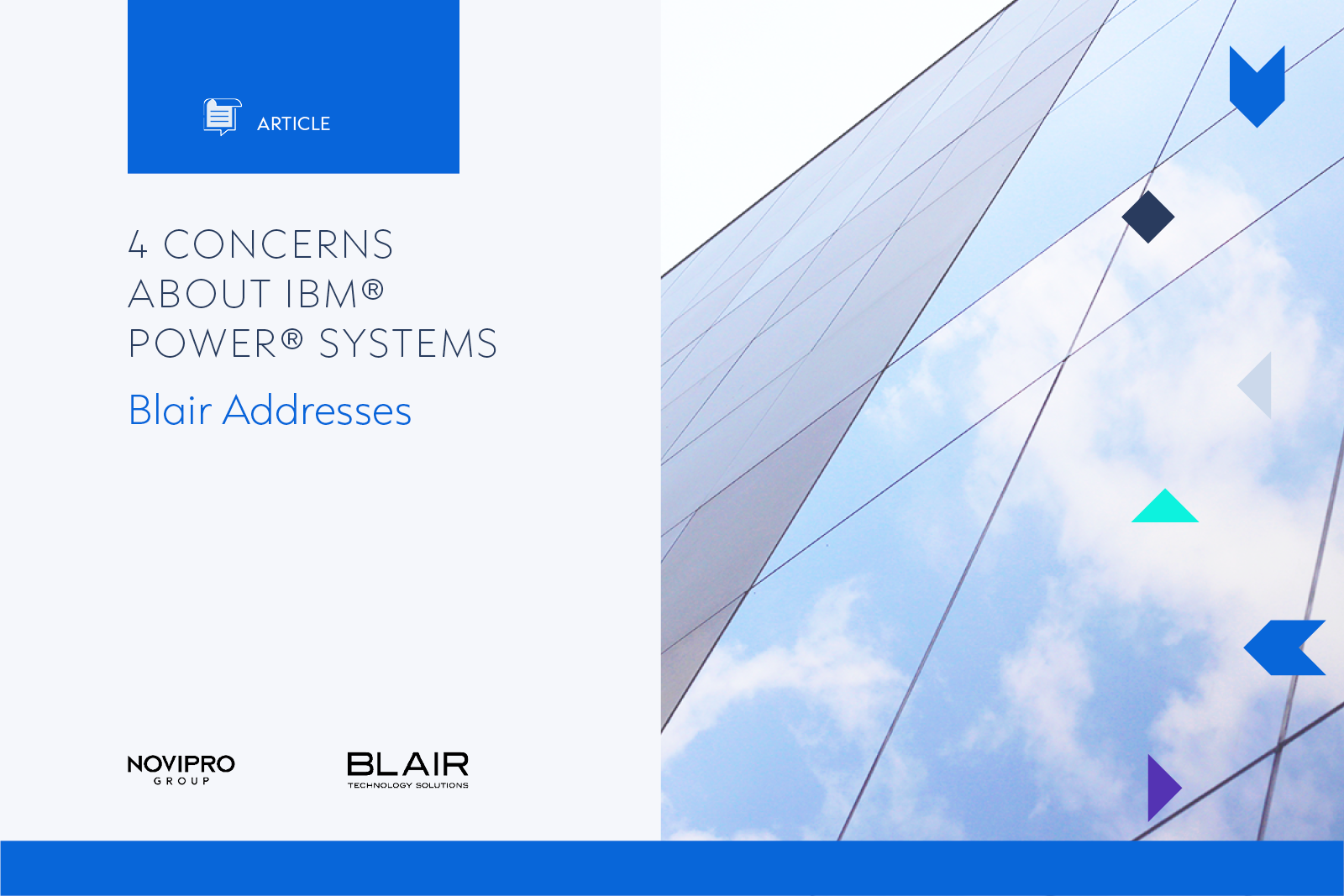Think about how much your business relies on technology – from sales and customer service to strategic planning, accounting, and human resources activities – your IT infrastructure is essentially the backbone of your organization. In our always-on society, downtime is simply too risky and the damage it causes goes beyond monetary cost, it also affects the reputation of your business.
As such, your IT system must have a solid High Availability (HA) plan to avoid loss of service by reducing or managing failures and minimizing planned downtime. A good starting point for High Availability planning involves the identification of services that must be available for business continuity. Below are 5 steps you can follow to implement an HA solution.
Step 1 – Scope and Analysis
High Availability design is often complex and requires knowing a great many areas within IT to get it right. Consider answering these questions:
-
In the event of a technology failure, what happens to your business?
-
What revenue and productivity losses can the business tolerate, and for how long?
-
How far back do you need to recover data (RPO)? How quickly do you need to be restored (RTO)?
-
What is the cost of bandwidth, environmental situation, hosting location, management model (internally or externally managed)
Your answers to the above questions will help you better understand your business needs and vulnerabilities. Keep in mind, High Availability is based on proactive thinking. You are ‘planning’ for disaster so you will not have to ‘react’ to it once it occurs.
Step 2 – Design Both Hardware and Software Architecture
High Availability architecture (also known as HA clusters) is groups of computers that support server applications that can be reliably utilized with a minimum amount of downtime. It operates by using high availability software to harness redundant computers in groups or clusters that provide continued service when system components fail. There are several components that must be carefully taken into consideration when designing your High Availability solution: Environment, Hardware, Software, Data and Network
Step 3 – Planning and Implementation
An effective HA solution comprises 80% planning and 20% implementation. Detailed planning is crucial in order to realize business objectives and achieve user satisfaction. The HA solution must be validated by your business to be deemed effective.
Step 4 – Documentation Development and Delivery
Development of a recovery framework document to provide verifiable information for compliance and audit purposes that contain essential details, such as:
-
Data that has been replicated
-
Procedures and processes
-
Technical specifications
-
Detailed documentation of the High Availability solution
-
Contact information and protocols in the event of an outage
Step 5 – Management and Maintenance
Once your High Availability solution is deployed, it’s important to ensure your business remains protected and available. Determine your enterprise’s staffing, expertise, and budget requirements, and then consider to work with either a Managed Services Model to leverage a remotely managed hosting services or and Support Plan Model that tailors to your specific requirements and budgetary goals.
The best High Availability solution for your enterprise is dependent on a number of factors including business type, size, industry, and IT drivers, in-house technical capabilities, and budget. Blair Technology Solutions works with hundreds of enterprises across Canada to help them develop and implement an HA plan ensuring that the systems critical to their organization will continue to provide optimal service. Contact us today to see how we can help you create customized HA solutions to lower your IT risk.









